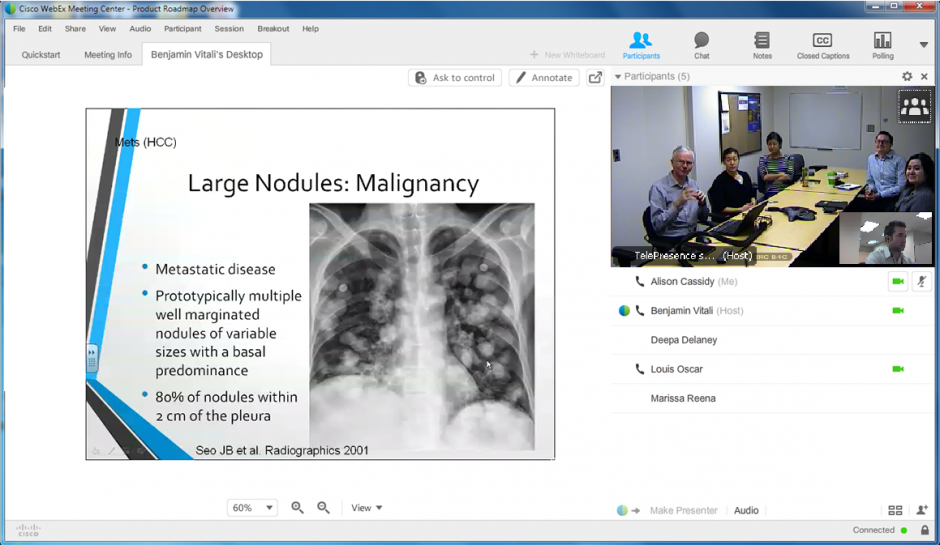In the medical field, learning happens along a continuum. From a MD Undergraduate student’s first days in the classroom, through their residency placement, and finally continuing professional development as a practicing physician; the Faculty of Medicine provides educational opportunities at each stage.
However, as learners move along this continuum, it becomes less likely that they have ready access to Faculty of Medicine videoconferencing facilities used to engage with these educational opportunities. This has been especially true for medical professionals partaking in Continuing Professional Development who, in responding to the healthcare needs of British Columbians, are increasingly more likely to be found in rural and remote areas.
In order to more successfully enable the delivery of medical education at all points of the continuum, MedIT needed to find a way to make Faculty of Medicine videoconferencing services more broadly accessible.
With MedIT’s new Systems, Services and Design team taking the lead, a solution was developed. That solution is integrated videoconferencing: enabling the Faculty’s physical videoconferencing network to work with a web-based videoconferencing application, Cisco’s WebEx. Using this solution, a participant can join a Faculty of Medicine videoconference session from anywhere using their personal device – no special software required. As long as they have a stable internet connection, the experience of a web participant is similar to those in rooms: they see and hear other participants, and they can be seen and heard themselves, while simultaneously viewing content that is being presented.
Supporting continued learning

What a Grand Rounds participant might see when they join via WebEx.
One way the integrated videoconferencing solution is enabling broader access is via Grand Rounds sessions. Grand Rounds are lectures offered to medical professionals so that they may stay current on advances and trends in medicine and health care delivery, and earn their required continuing professional development credits. In BC, the sessions are distributed across the province through videoconferencing, with as many as twelve sites connecting to some sessions.
Integrated videoconferencing pilots were held with the Department of Radiology and the Department of Orthopaedics in order to determine if the technology was suitable for Grand Rounds. Despite an initial learning curve, the pilots were successful. Participants noted that it was much easier for them to attend, and that it would increase the number of sessions they would join in the future. With this physician feedback, it is expected more departments will choose to distribute Grand Rounds using integrated videoconferencing in the future.
Through integrated videoconferencing, the distribution of medical education along all points of the continuum has the potential to become more accessible, scalable, and economically sustainable in the Faculty of Medicine.
Related: